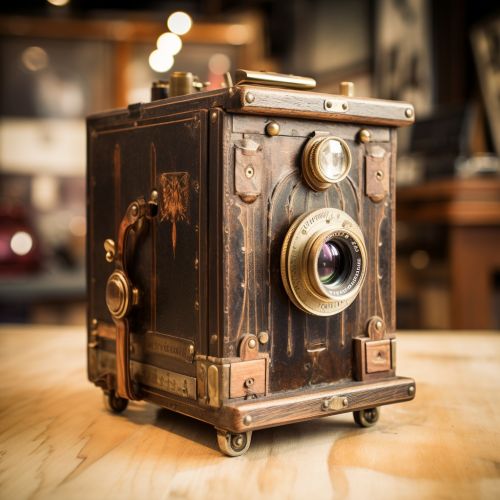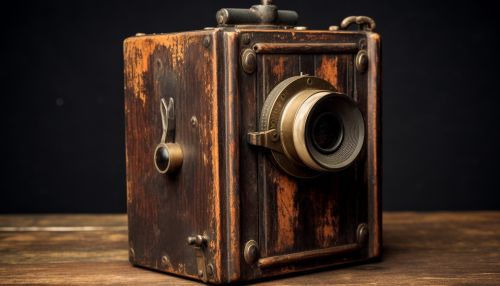History of the camera
Early Beginnings
The history of the camera is a fascinating journey that begins in ancient times. The earliest form of camera, the camera obscura, was known to ancient philosophers as far back as the 5th century BC. The camera obscura was a simple device, consisting of a darkened room or box with a small hole in one side. Light would pass through this hole, projecting an inverted image of the scene outside onto the opposite wall.
The Camera Obscura and the Pinhole Camera
The camera obscura was not a practical tool for creating permanent images until the 19th century, when it was combined with photographic processes. However, its principles were fundamental to the development of photography. The camera obscura demonstrated the basic principle that light travels in straight lines and that it can be manipulated to produce images.
A variant of the camera obscura was the pinhole camera, which used a small aperture instead of a lens to project images. The pinhole camera, also known as the "camera without a lens", was popular in the 19th and early 20th centuries. It was simple to construct and use, and it produced unique, dreamlike images that were valued for their artistic qualities.


The Birth of Photography
The invention of photography in the early 19th century marked the beginning of the camera as we know it today. The first successful photograph was taken by Louis Daguerre in 1826, using a process known as daguerreotype. This process involved exposing a silver-plated copper sheet to iodine vapor, which created a light-sensitive layer of silver iodide on the surface. The plate was then exposed to light in a camera, creating a latent image that could be developed with mercury vapor and fixed with a solution of sodium thiosulfate.
The Evolution of Photographic Processes
The daguerreotype process was soon followed by other photographic processes, such as the calotype process invented by William Henry Fox Talbot in 1841. The calotype process used a paper negative, which could be used to make multiple positive prints. This was a significant advancement, as it allowed for the mass production of photographs.
In 1888, George Eastman introduced the Kodak camera, the first camera to use roll film. This marked a significant milestone in the history of the camera, as it made photography accessible to the general public. The Kodak camera was simple to use, affordable, and it came pre-loaded with film. After the film was exposed, the entire camera was sent back to the factory for processing.
The Rise of Digital Photography
The advent of digital technology in the late 20th century revolutionized the field of photography. The first digital camera was developed by Steven Sasson at Eastman Kodak in 1975. This camera used a charge-coupled device (CCD) to capture images, which were then stored on a digital cassette tape.
The first commercially available digital camera was the Dycam Model 1, released in 1990. This camera had a resolution of 0.01 megapixels and stored images on a removable digital memory card. Since then, digital cameras have evolved rapidly, with improvements in resolution, storage capacity, and image processing capabilities.
The Impact of the Camera
The camera has had a profound impact on society and culture. It has transformed the way we document and understand the world around us. From the earliest daguerreotypes to the latest digital images, the camera has given us the ability to capture moments in time, to communicate visually, and to express ourselves artistically.
